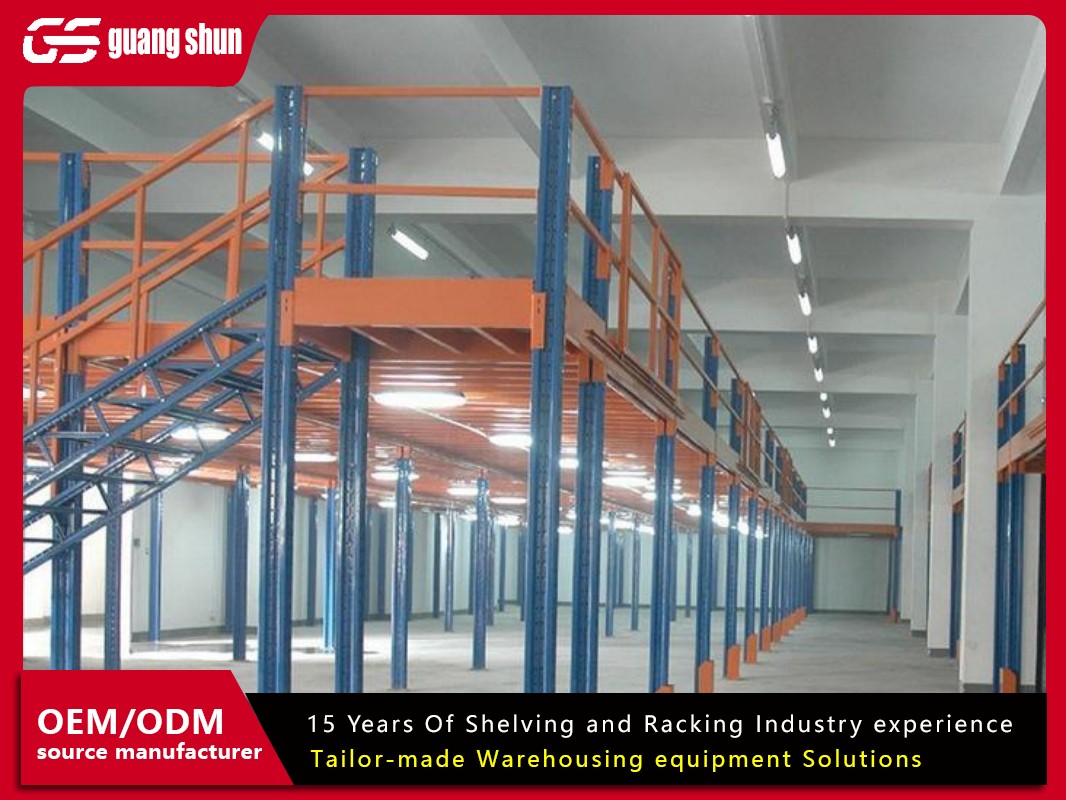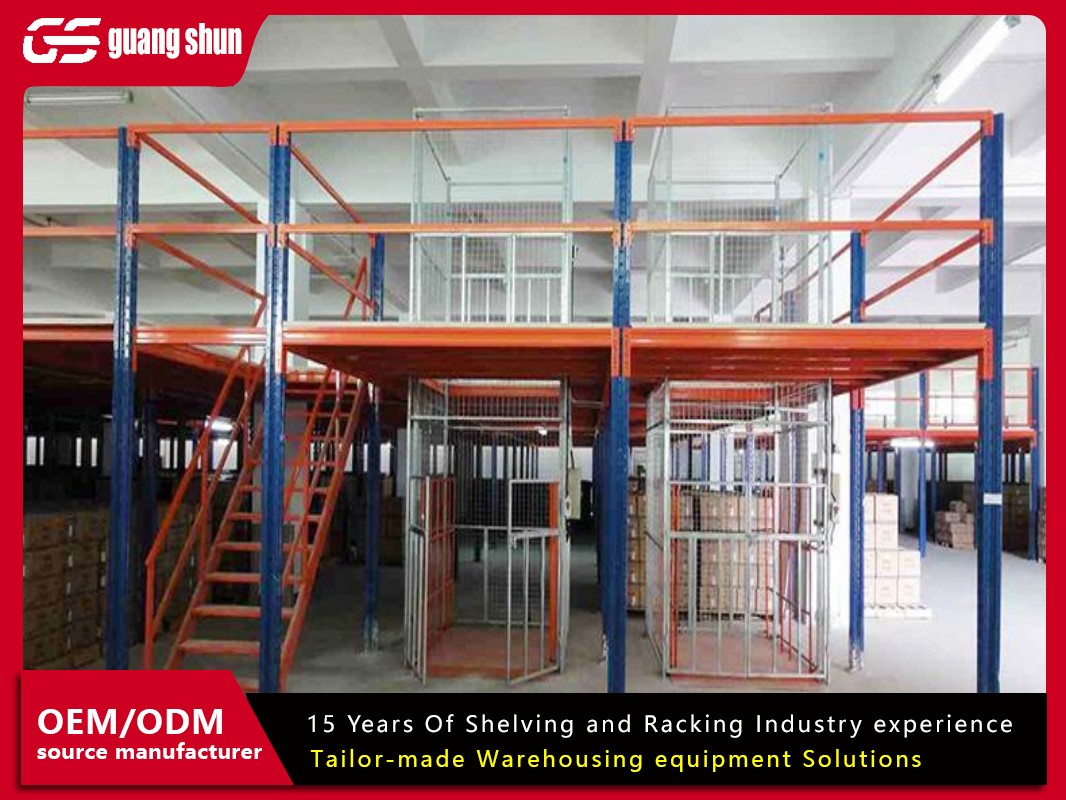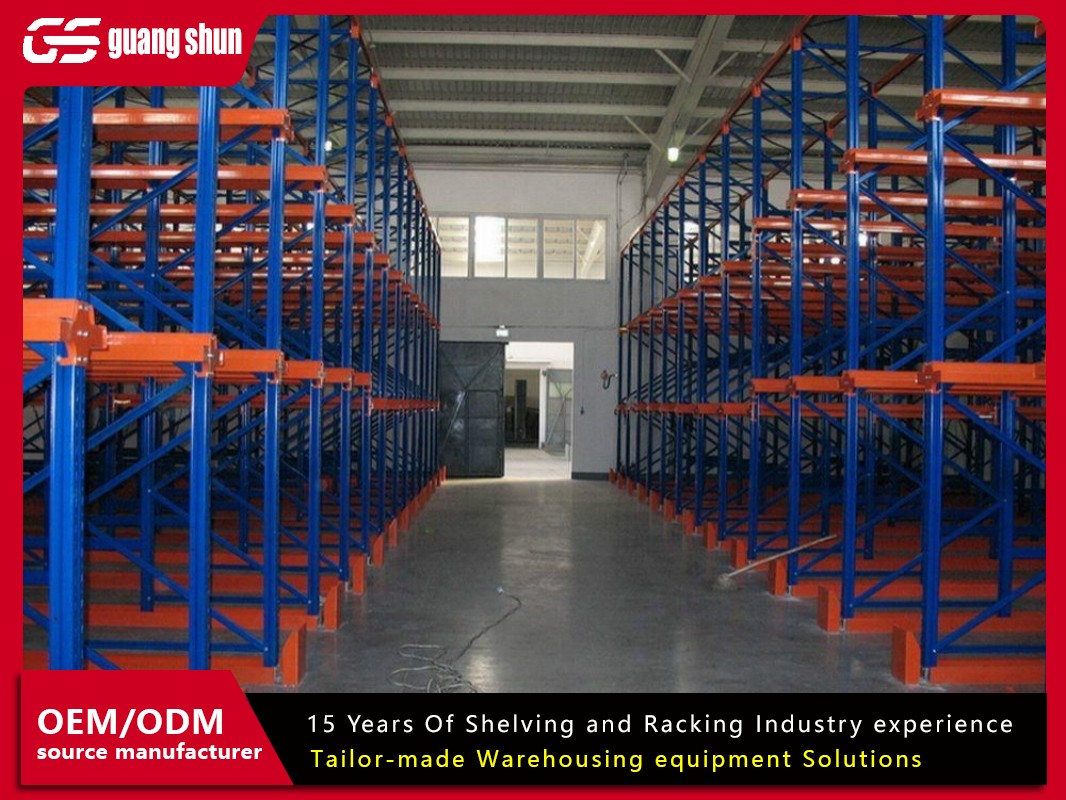If you’ve ever stepped into a modern warehouse, you’ve likely seen rows upon rows of towering metal structures holding everything from pallets of goods to automotive parts. These systems are called warehouse racking, and they’re the backbone of efficient storage and logistics. But what exactly are they, and why are they so critical for businesses? Let’s break it down in plain terms—no jargon, just the facts you need to know.
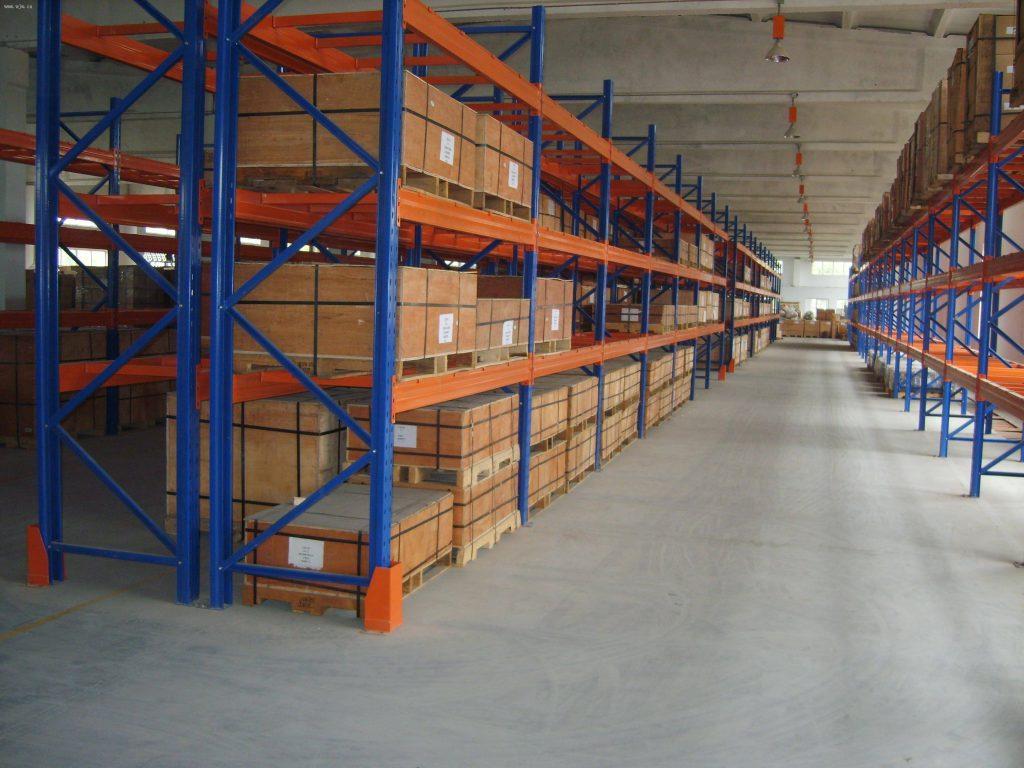
What Is Warehouse Racking?
Warehouse racking refers to engineered storage systems designed to organize, store, and manage goods in industrial or commercial spaces. Unlike basic shelves, these systems are built to handle heavy loads, maximize vertical space, and streamline operations like inventory management and order picking. Think of them as the "skeleton" of a warehouse—without them, chaos would reign.
Common Types of Warehouse Racking Systems
- Pallet RackingThe most widely used system, designed for storing goods on pallets. Examples include selective racking (direct access to every pallet) and double-deep racking (two pallets stored deep to save space).
- Drive-In/Drive-Through RackingAllows forklifts to drive directly into the rack structure, ideal for high-density storage of identical products.
- Cantilever RackingPerfect for long, bulky items like pipes, lumber, or furniture, with arms extending from vertical columns.
- Automated Storage and Retrieval Systems (AS/RS)High-tech solutions using robotics and software to manage inventory, often paired with vertical carousels or shuttle systems.
- Mezzanine RackingAdds elevated platforms to create multi-level storage, doubling floor space without expanding the building.
Top 6 Advantages of Warehouse Racking Systems
1. Maximize Space Utilization
Warehouses pay a premium for square footage, so going vertical is a game-changer. Systems like high-bay racking or automated AS/RS can use ceiling height to store goods up to 100 feet tall, instantly multiplying storage capacity. For example, automated systems can increase space efficiency by up to 85% compared to traditional floor stacking.
2. Boost Operational Efficiency
Time is money, and racking systems slash hours spent searching for items. Features like narrow-aisle racking or selective pallet systems let workers access goods quickly, while automated solutions reduce manual labor entirely. Companies like Kimer highlight how their pallet systems simplify inventory control, cutting downtime and errors.
3. Improve Safety and Durability
No more wobbly stacks of boxes! Warehouse racks are built from high-strength steel and tested to meet strict safety standards (e.g., FEM and EN regulations). They’re also designed to withstand seismic activity and heavy loads, minimizing collapse risks. Plus, features like impact guards and drip trays add extra protection.
4. Scalability for Growing Businesses
Modular designs let you adapt racks as your needs change. For instance, boltless shelving can be reconfigured in minutes, while mezzanine platforms add instant storage layers. Companies like Shanghai MAXRAC offer custom CAD-designed layouts, ensuring systems grow with your business.
5. Cost Savings Over Time
While upfront costs vary, racking systems pay off long-term. Automated warehouses, for example, reduce labor costs by up to 70% and minimize losses from damaged goods5. Even basic systems cut expenses by optimizing space—no need to rent larger facilities.
6. Enhanced Inventory Management
Smart racking integrates with warehouse management software (WMS) for real-time tracking. Automated systems like pallet shuttles or AS/RS ensure FIFO (First-In-First-Out) stock rotation, while barcode-friendly designs streamline audits.
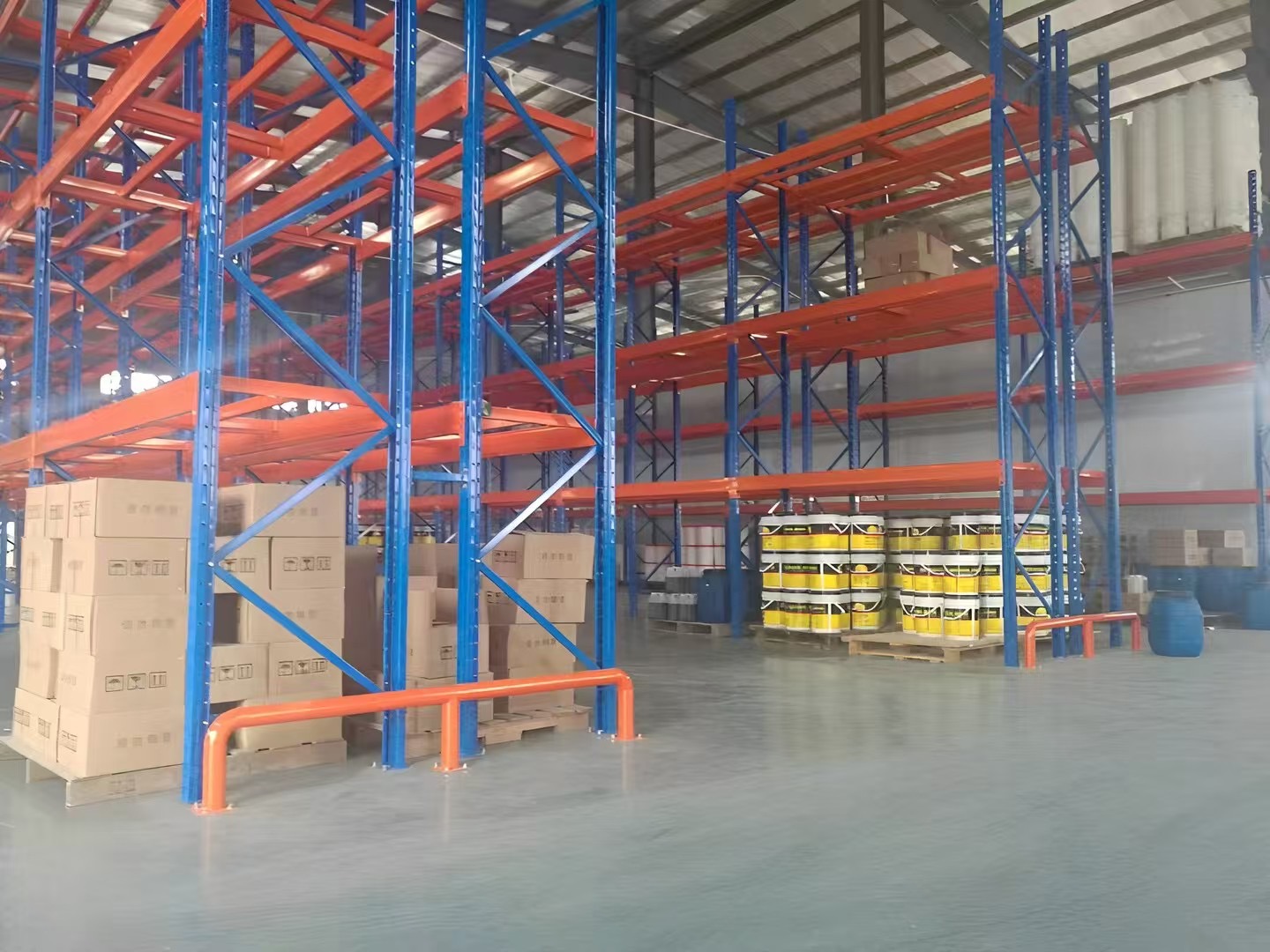
How to Choose the Right Racking System
Not all racks are created equal. Here’s how to pick the best fit:
- Assess Your NeedsWhat’s your average load weight? How often do you access items?
- Consider Future GrowthOpt for scalable solutions like modular racking or mezzanines.
- Prioritize SafetyLook for compliance with OSHA standards and seismic ratings.
- Budget WiselyBalance upfront costs (e.g., 30–30–200/sq. meter for basic racks) with long-term ROI.
The Future of Warehouse Racking
Automation is king. Trends like AI-driven AS/RS and IoT-enabled racks are revolutionizing logistics. Companies like Hebei Woke now offer robotic shuttle systems that operate 24/7, slashing retrieval times by 90%6. Meanwhile, eco-friendly materials (e.g., recycled steel) are gaining traction as sustainability becomes a priority.
Looking for more details? Explore our sources or contact suppliers directly for quotes!



